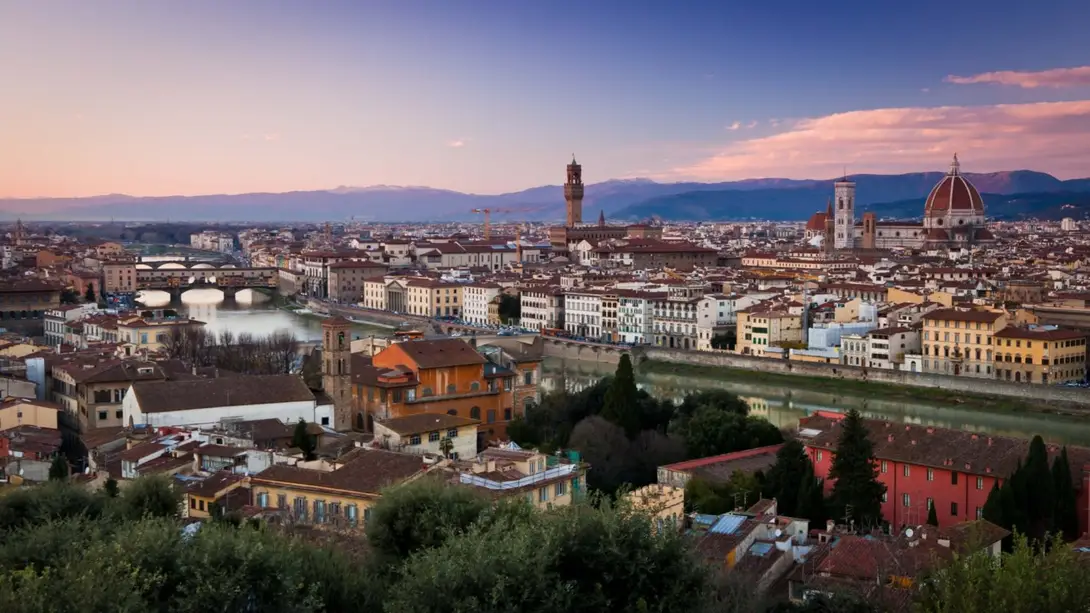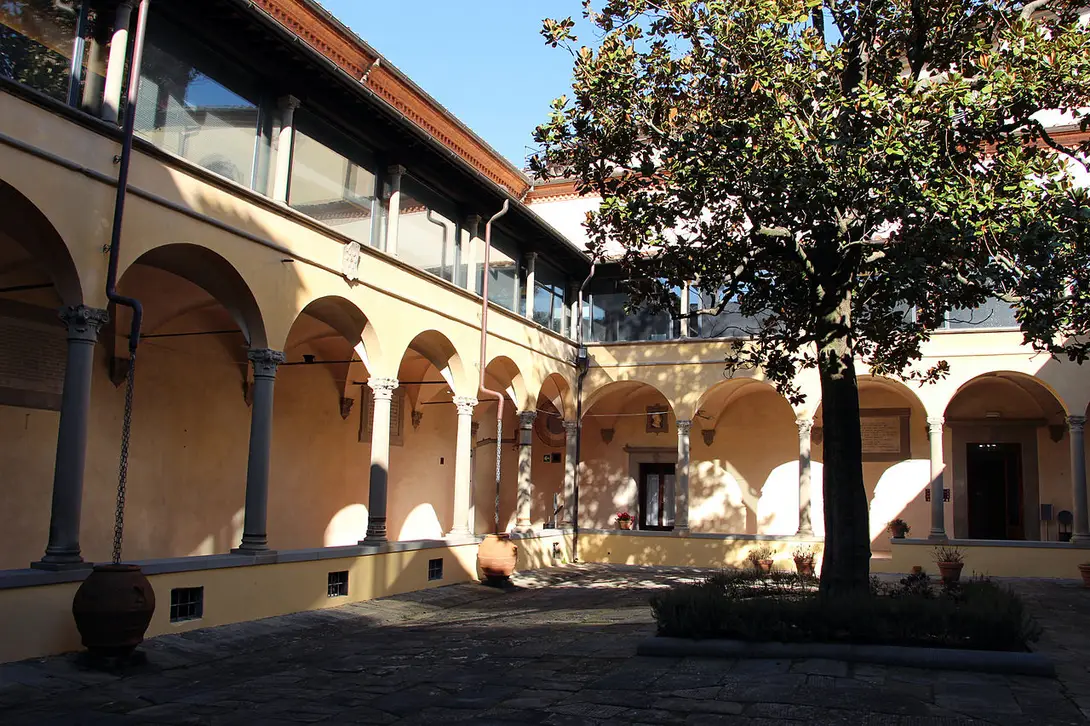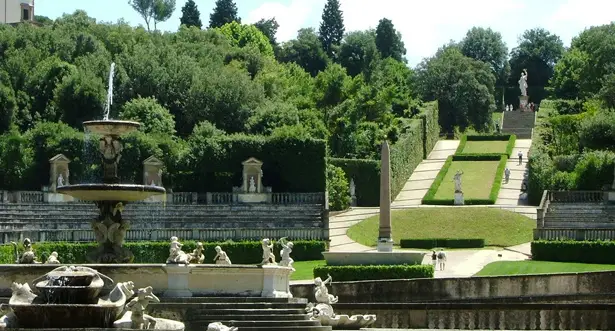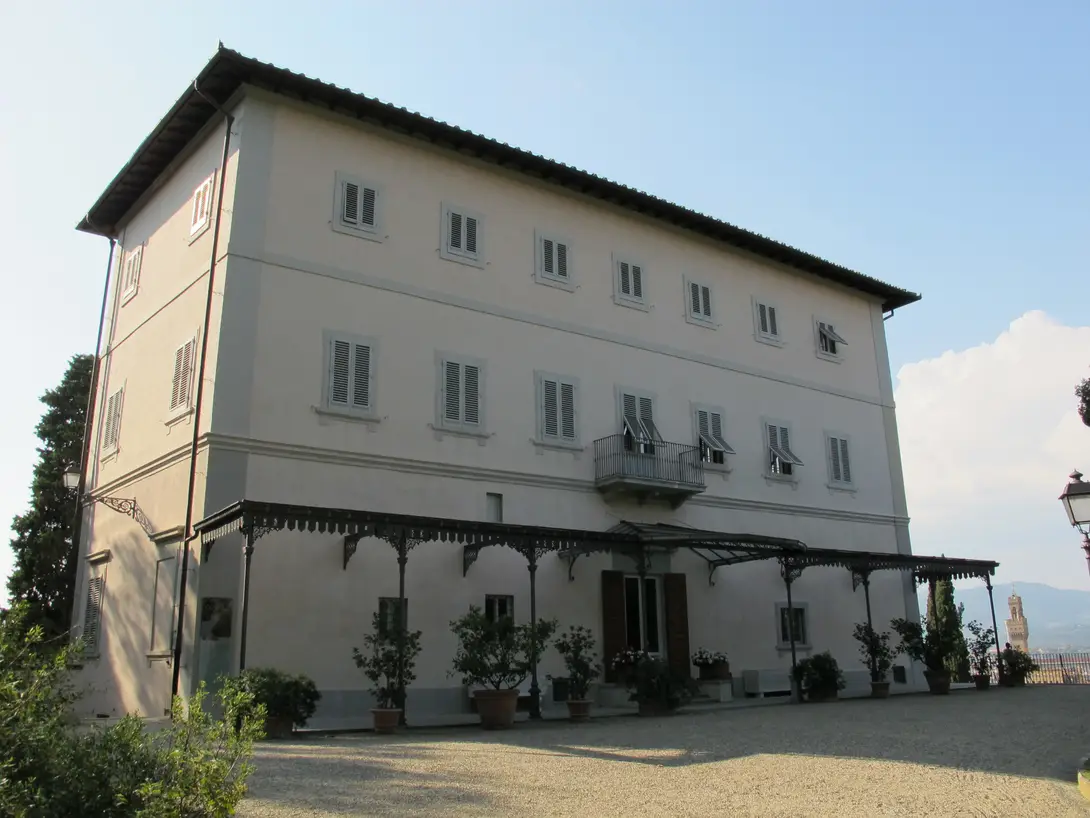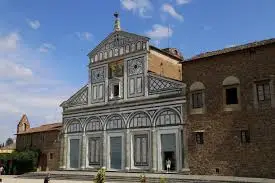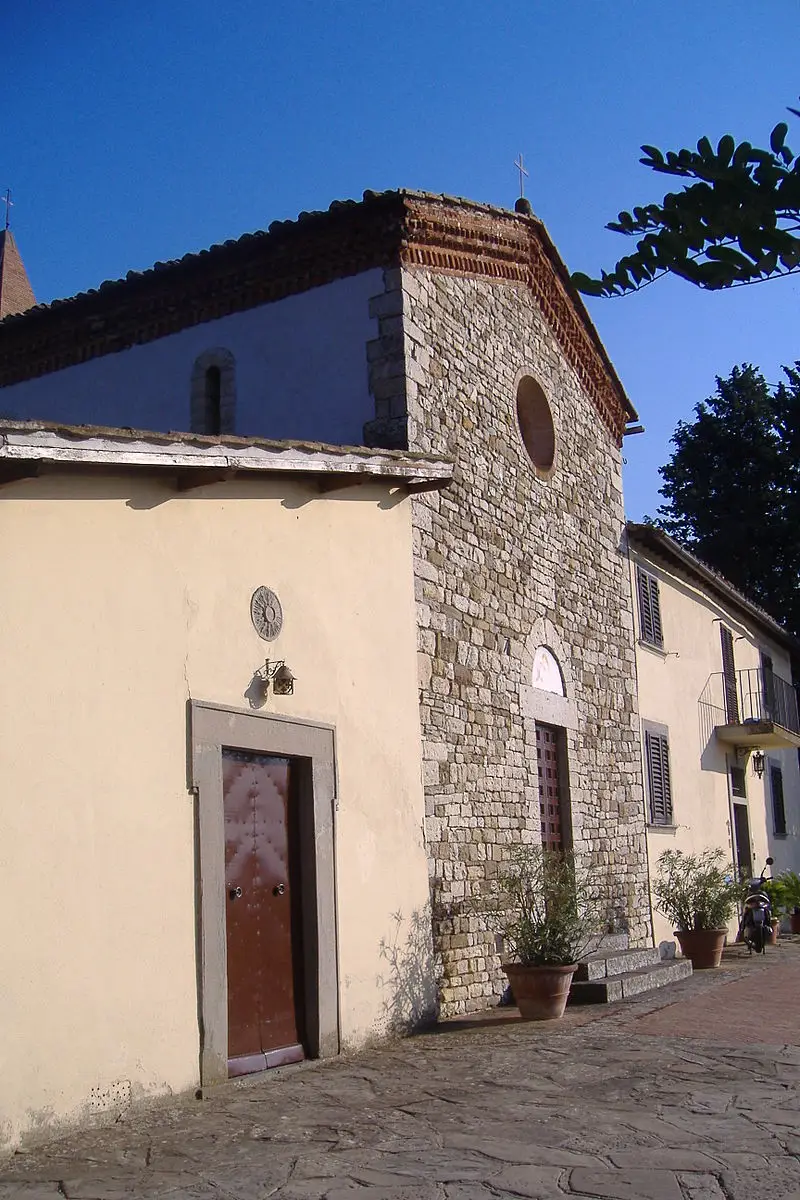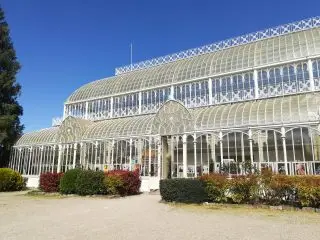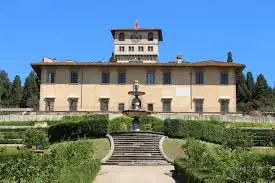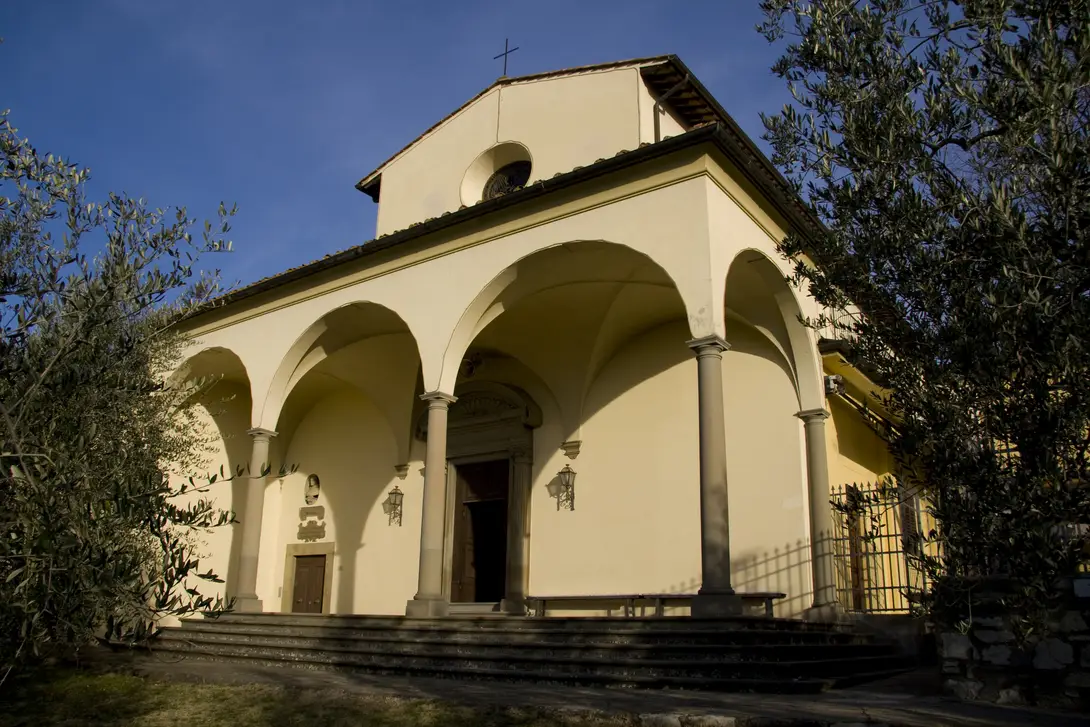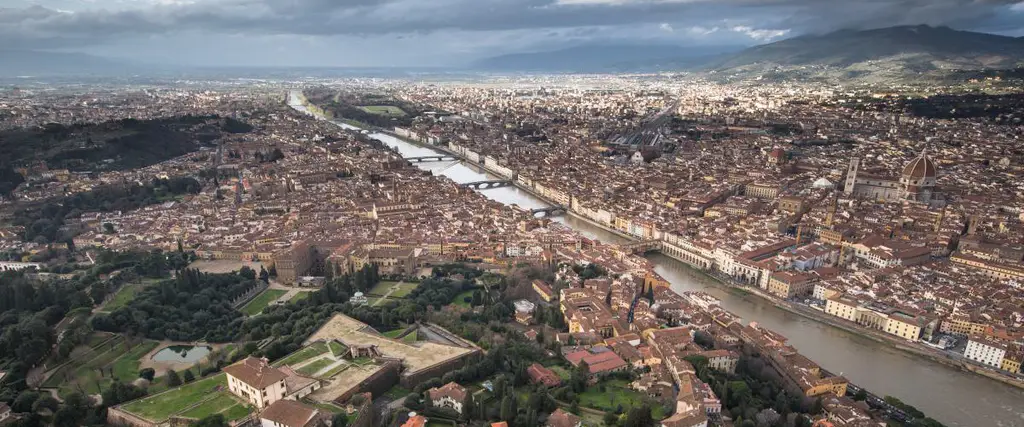
The places
Stages
Via del Loretino
Via del Loretino, Firenze FI, Italia
Piazza Desiderio da Settignano
Piazza Desiderio, 50135 Settignano FI, Italia
Villa Medici in Fiesole
Via Frà Giovanni da Fiesole Detto l'Angelico, 2, 50014 Fiesole FI, Italia
Monte Rinaldi
Via di Monterinaldi
via di Monte Oliveto
Via Monte Oliveto, Firenze FI, Italia
via di San Carlo
Via S. Carlo, Firenze FI, Italia
via di Bellosguardo
Via di Bellosguardo, 50124 Firenze FI, Italia
Santa Maria alla Badiuzza
Via Benedetto Fortini, 99, 50126 Firenze FI, Italia
